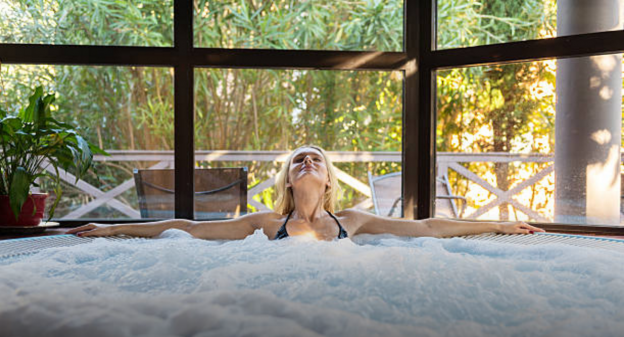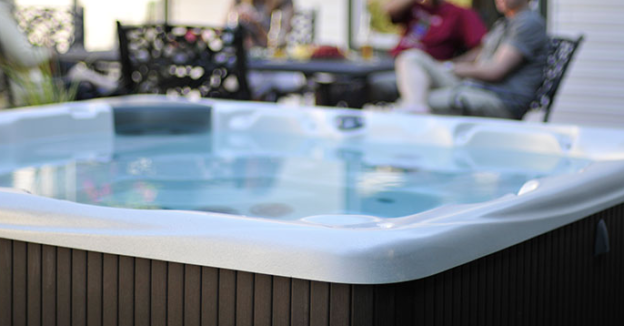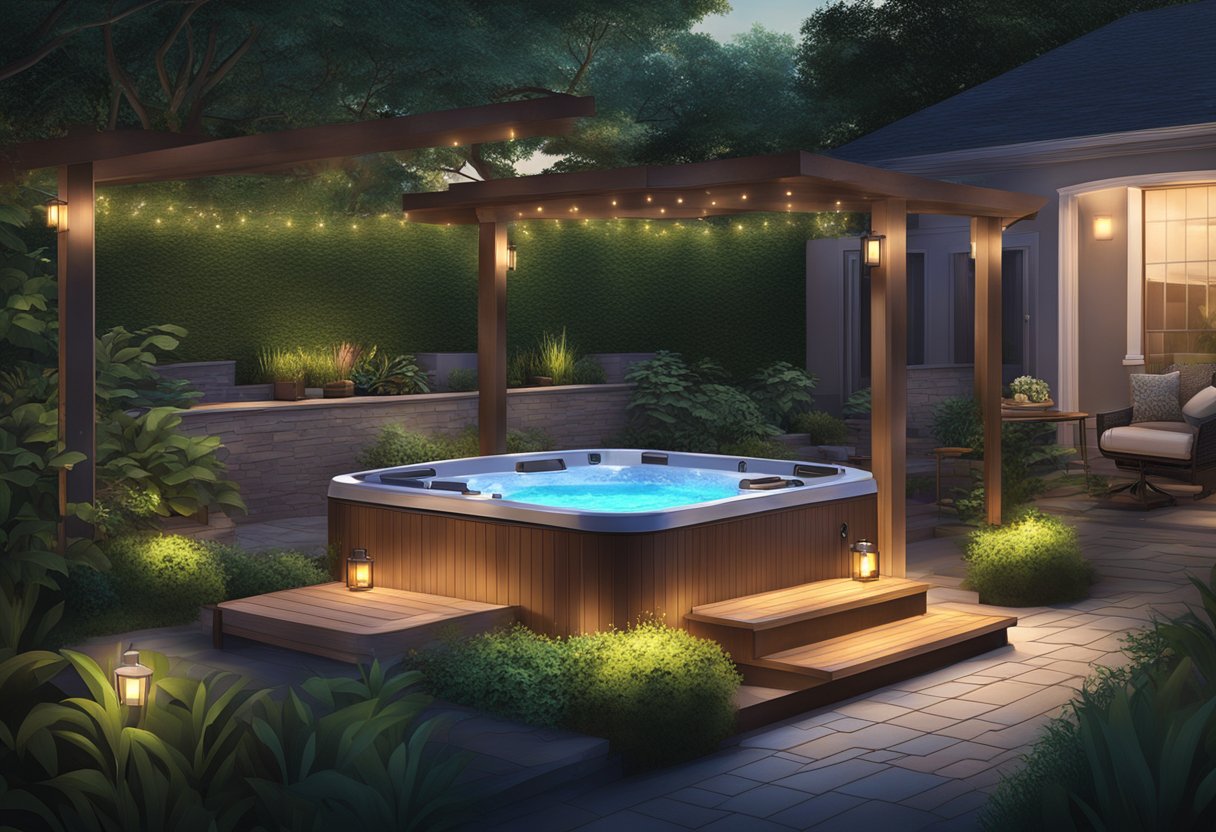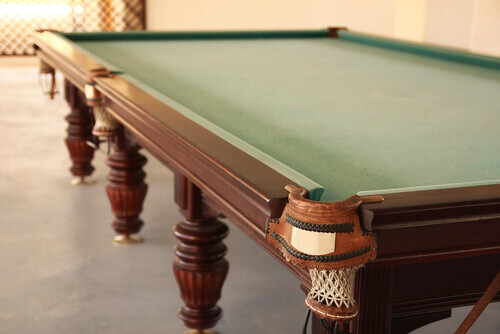Do you have a dream of creating the ideal spa experience in your own home? Positioning your hot tub indoors is an attainable goal so long as the proper steps are taken. So, if you are considering setting up a hot tub in your home, here are some details to consider.
Adequate Room Ventilation
Hot tubs generate a significant amount of steam and humidity. Your spa room will need a strong fan to remove the humidity from the air. Large amounts of moisture in the air, over time, can cause damage to the ceilings and walls.
Flooring
Another important aspect of an indoor spa room is the floor material. A non-slip tile is a great option, as it reduces the chance of injury and prevents your floor from absorbing water, which will ultimately cause rot.
Proper Floor Drainage
In the process of people getting in and out of the water, you’ll find your hot tub loses quite a bit of water. With outdoor hot tubs, that water is normally absorbed in the ground; however, in an indoor setting proper floor drainage is a must-have.
Choose Room Materials Carefully
A spa room will generate quite a bit of moisture in the air, which can damage the standard drywall. Cement walls, glass enclosures and cedar lining all make good choices for wall material in a spa room.
Room Temperature
To reduce the accumulation of moisture, it is important to keep the room temperature high. This can be achieved by heating your spa room.
Use Chlorine Substitutes
Chlorine is widely used to treat water in hot tubs; however, it also produces an odour that can be quite unpleasant inside your home. In addition to a strong fan for air circulation, using a chlorine substitute is recommended. SilkBalance is an example of an odourless alternative to chlorine.





